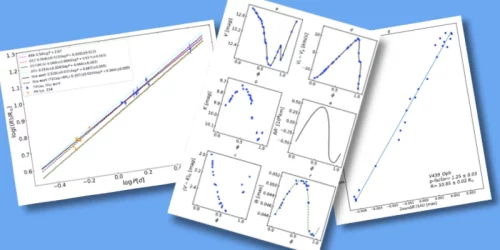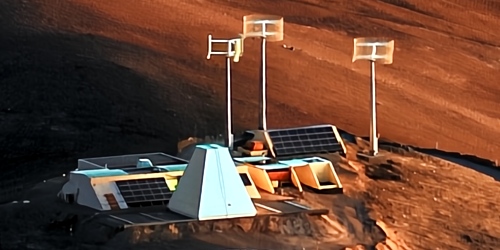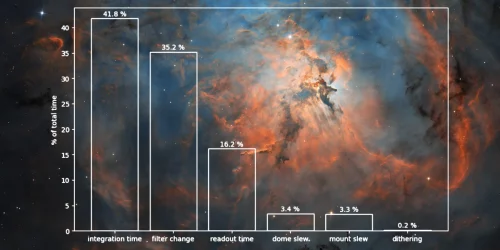Surface brightness-color technique applied to nearby RR Lyrae stars
Near-infrared data from OCM combined with high-resolution spectroscopic data and Gaia parallaxes lead to the determination of projection factors and mean radii for nine Galactic RR Lyrae stars.
Infrared surface brightness technique applied to RR Lyrae stars from the solar neighborhood
B. Zgirski, W. Gieren, G. Pietrzyński, M. Górski, P. Wielgórski, J. Storm, G. Bras, P. Kervella, N. Nardetto, G. Hajdu, R. Chini, M. Haas
The Baade–Wesselink (BW) method is also known as the pulsation parallax method because it allows us to estimate distances to individual pulsating stars. For this method to be accurate, one needs to know the projection factor (p-factor), i.e. the conversion between the real, pulsational velocity of the stars and their projected, radial velocity, as observed spectroscopically.
In order to determine the p-factor, we first gathered multi-band photometric data (including near-infrared K-band data from the IRIS telescope at OCM), spectroscopic data, and parallaxes from Gaia DR3 for nine Galactic RR Lyrae stars. Using Gaia parallaxes we determined absolute magnitudes for these stars, and next we used the infrared surface-brightness (IRSB) version of the surface brightness–color relation, which depends on the (V−K) color, to estimate stellar angular diameters. Radial velocity measurements obtained from spectroscopy traced variations of the stellar radius.
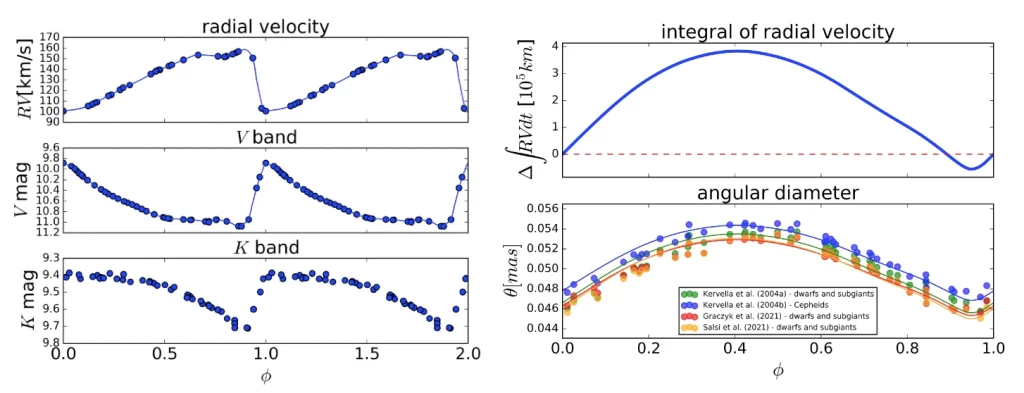
The ratio of each star’s angular radius to its physical radius can be fitted with a line, where the slope represents the p-factor, and the intercept – the mean stellar radius.
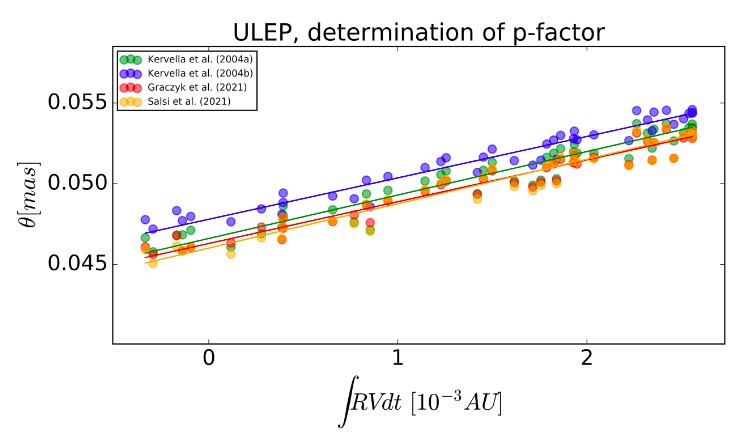
The p-factors determined from the IRSB method range between 1.39 and 1.45, and are systematically larger by 0.14–0.20 than p-factors determined by Bras et al. (2024) using the SPIPS method.
Using our sample we also derive a relation between the p-factor and the pulsation period, and between the radius and the pulsation period.

Listen to AI-generated podcast on this topic (credit: https://notebooklm.google)
The data were collected using the IRIS telescope in years 2017-2019, i.e. before the reconstruction of OCM.

